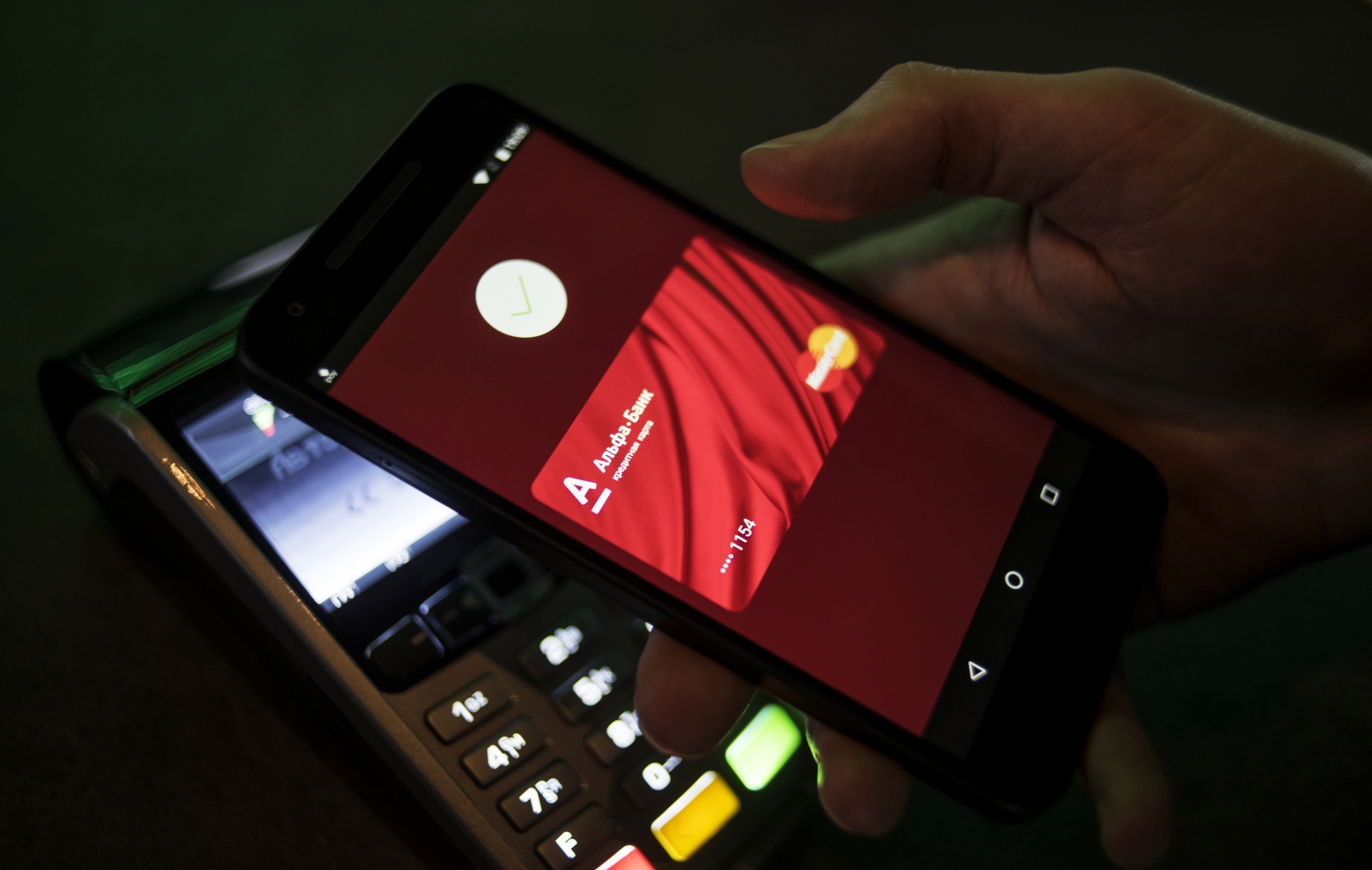Today, three quarters of payments in Russia are made without the use of paper money.
This was announced on Friday, October 15, by the first deputy chairman of the Central Bank Olga Skorobogatova.
“We now have 75% non-cash, only 25% cash.
And no one will do the reverse, because we are all used to using non-cash (payments. -
RT
), "Skorobogatova said during a speech at the III Eurasian Women's Forum in St. Petersburg.
According to the Central Bank, back in 2013, in almost 87% of cases, Russians paid for their purchases in cash.
In 2018, less than half of all transactions were carried out using banknotes, and in 2020 the share of paper money in retail turnover dropped below 30%.
“The rate of transition to non-cash payments is now one of the fastest in the world.
Along with the active use of non-cash payments, the incomes of banks and payment systems are growing.
Part of these funds of the organization are directed to the further development of the payment infrastructure, which makes it possible to achieve such results, "Ksenia Artemyeva, operational director of the Fast River fintech platform, said in an interview with RT.
It is curious that earlier the Bank of Russia specialists planned to achieve an increase in the share of non-cash payments to a record 75% only in 2023.
However, the process has accelerated noticeably against the backdrop of the coronavirus pandemic.
This point of view in an interview with RT was expressed by Pavel Sigal, the first vice president of the all-Russian public organization for small and medium-sized businesses "Support of Russia".
“The rapid increase in non-cash payments across the country began last year during the lockdown, when bank branches did not work and many non-food stores were closed.
Russians were afraid to visit crowded places and actively used cards, ordered goods on marketplaces, ”Sigal said.
As the specialist emphasized, in technical terms, Russia today is "quite well equipped" with ATMs and Internet connections, even in remote regions.
At the same time, the possibility of non-cash payments is also available in rural areas, and with the development of the Fast Payment System (FPS), it became possible to pay for a purchase using a phone even in the market, the expert added.
According to Ksenia Artemyeva, the growth in the share of non-cash payments is also associated with the convenience of this form of payment for both consumers and businesses.
So, with the widespread use of pay-services in the Russian market and loyalty programs from banks, it has become more profitable to pay for purchases with a card than in cash.
In turn, sellers can save on cash collection.
“As practice shows, with an increase in the share of non-cash payments, the volume of consumer spending also grows.
And this already has a positive effect on business and the economy as a whole.
Another benefit for the state is increased control over money, which allows the Federal Tax Service to work more efficiently.
Accordingly, the volume of tax revenues to the budget is increasing, ”explained Artemyeva.
RIA News
© Valery Melnikov
In the current conditions, the experts interviewed by RT do not exclude that in 2022 the share of non-cash payments in Russia will reach 80%.
The expected launch of the digital ruble will partly contribute to this, experts say.
Recall that the Bank of Russia announced the development of an electronic national currency back in October 2020.
The initiative should become one of the key projects in the field of digitalization in Russia until 2030.
The first prototype of the digital ruble platform is expected to appear by December 2021, and at the beginning of 2022 the Central Bank plans to begin the first tests.
According to the experts of the Central Bank, in the future, the new means of payment will circulate along with cash and non-cash rubles.
“The introduction of the digital ruble will further increase the share of non-cash payments, because this currency option can only be used in this way.
It is impossible to cash out the digital ruble - this unit of payments will be designed only for making non-cash payments between citizens, between business structures, between the state, business and consumers, "Pavel Sigal emphasized.
Let us clarify that the Central Bank issues cash in the form of banknotes, each of which has a unique number, and non-cash rubles are entries on accounts in commercial banks.
In turn, the regulator will assign the digital ruble the form of a unique code that will be stored in a special electronic wallet.

